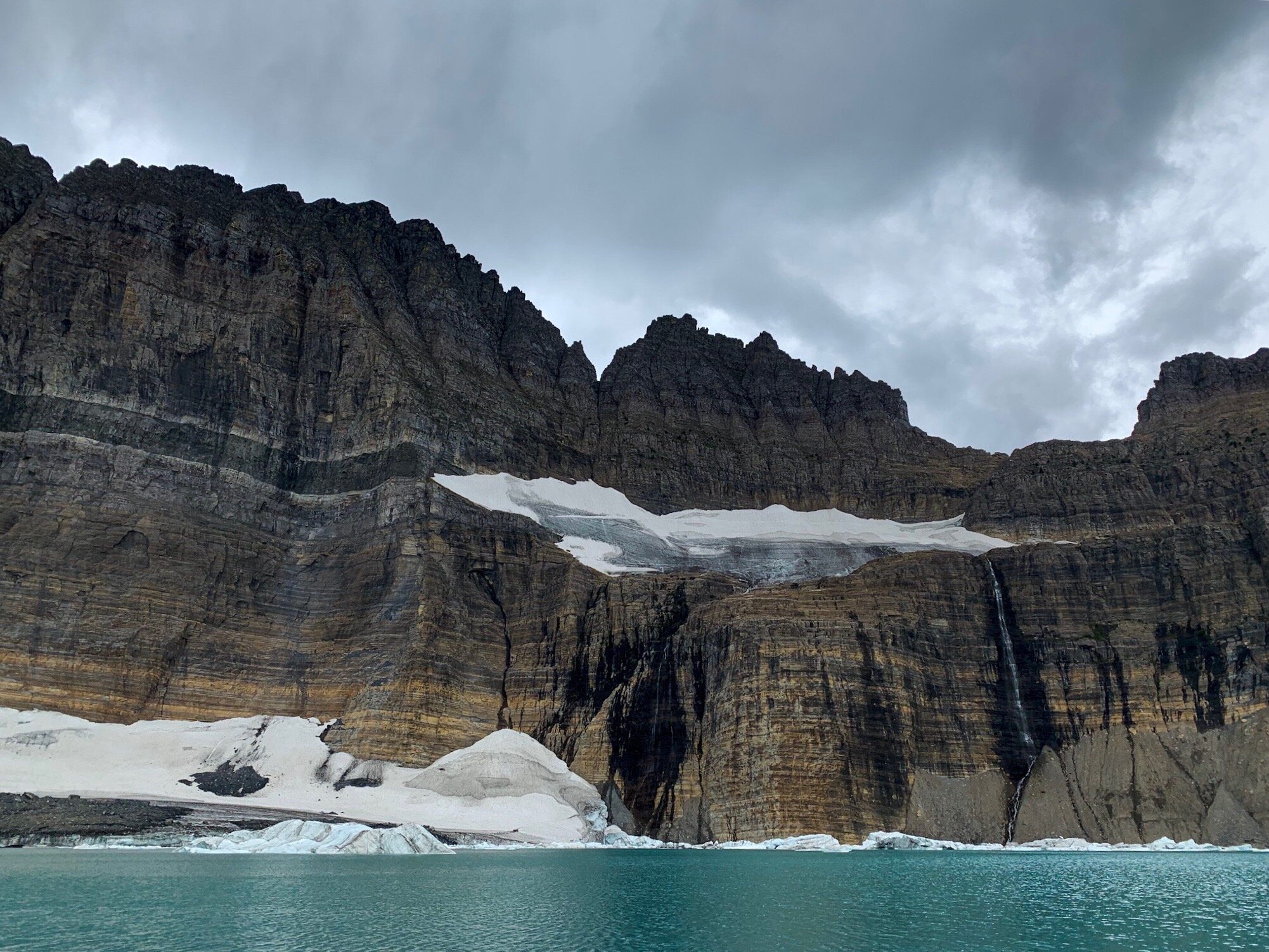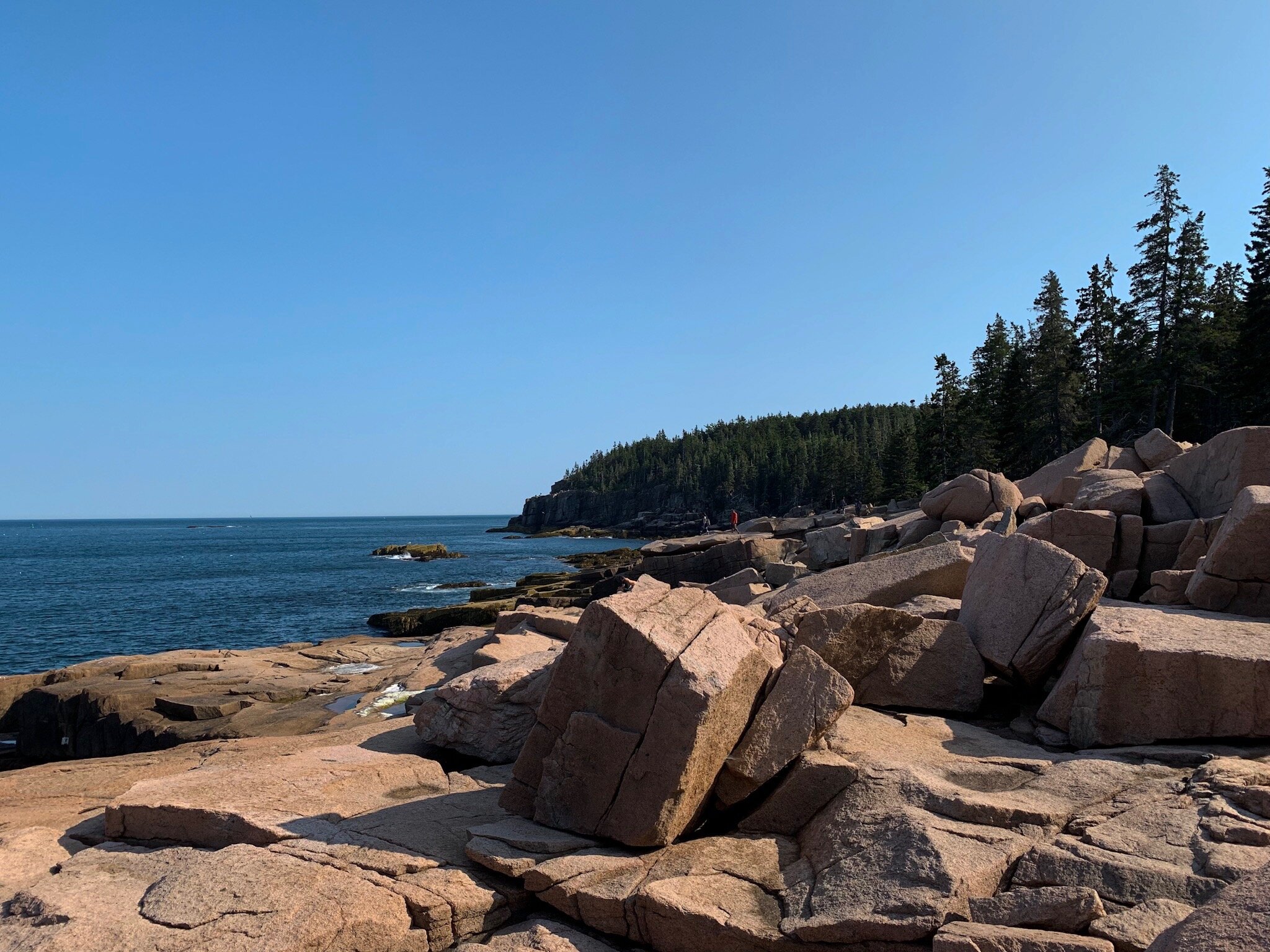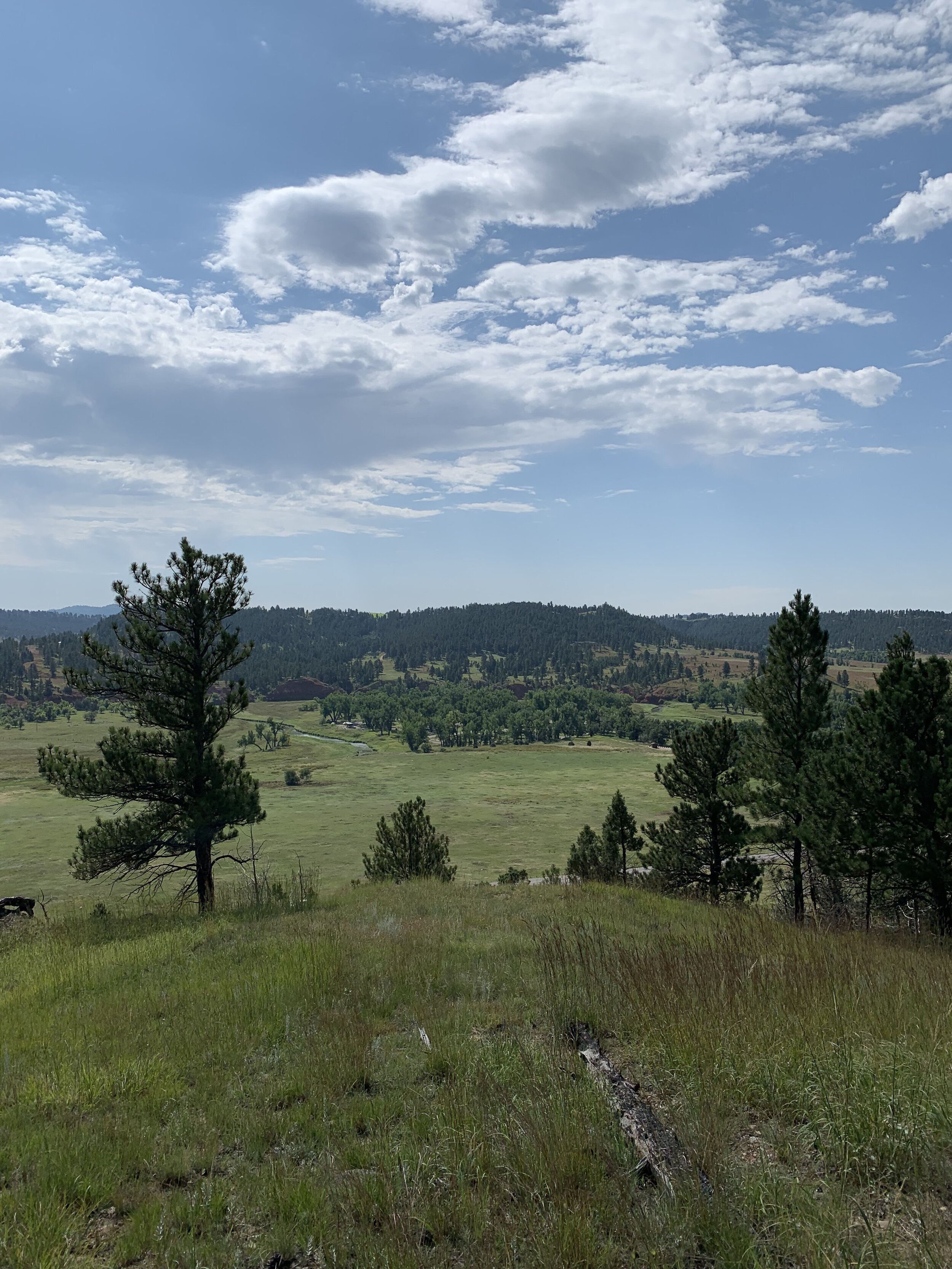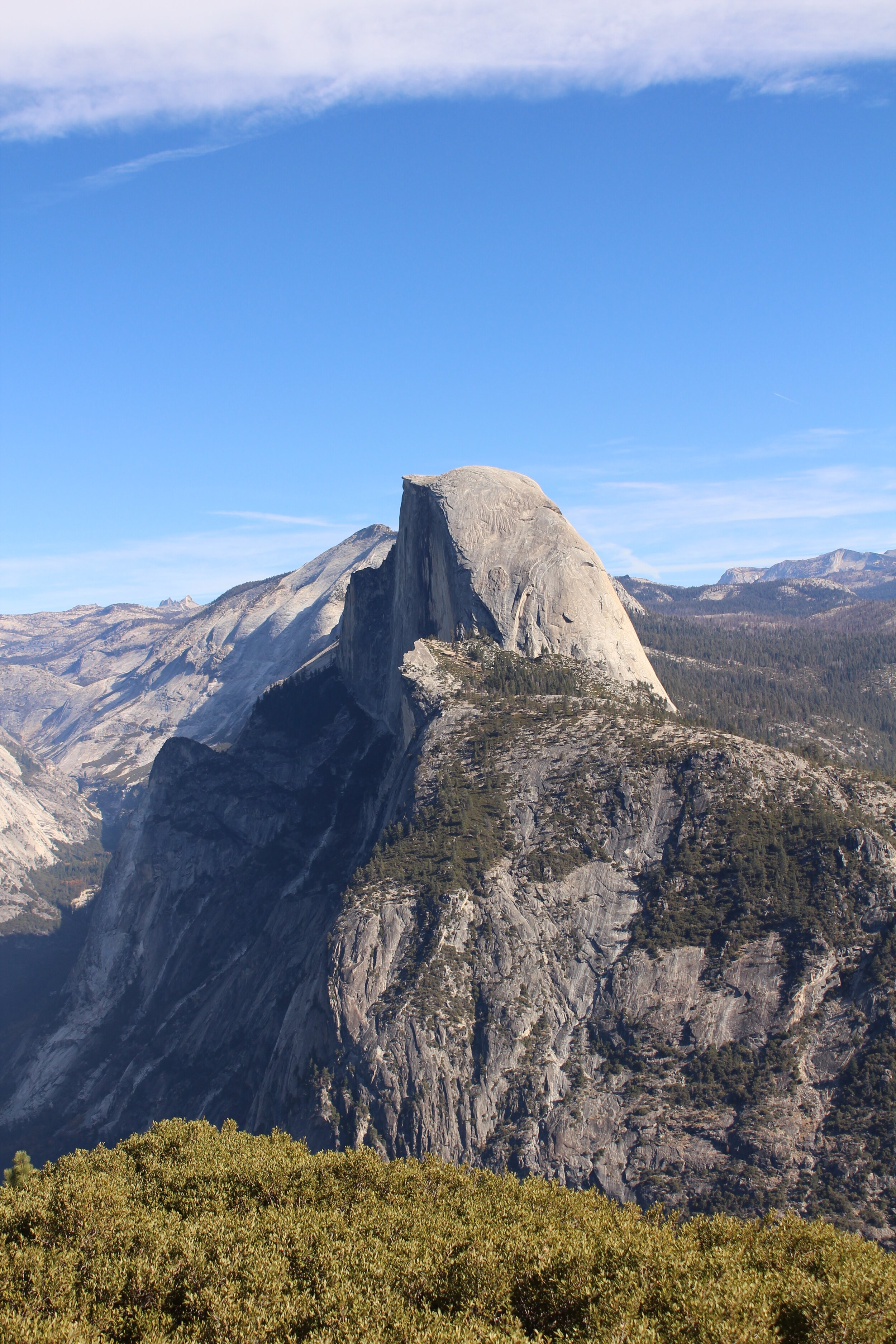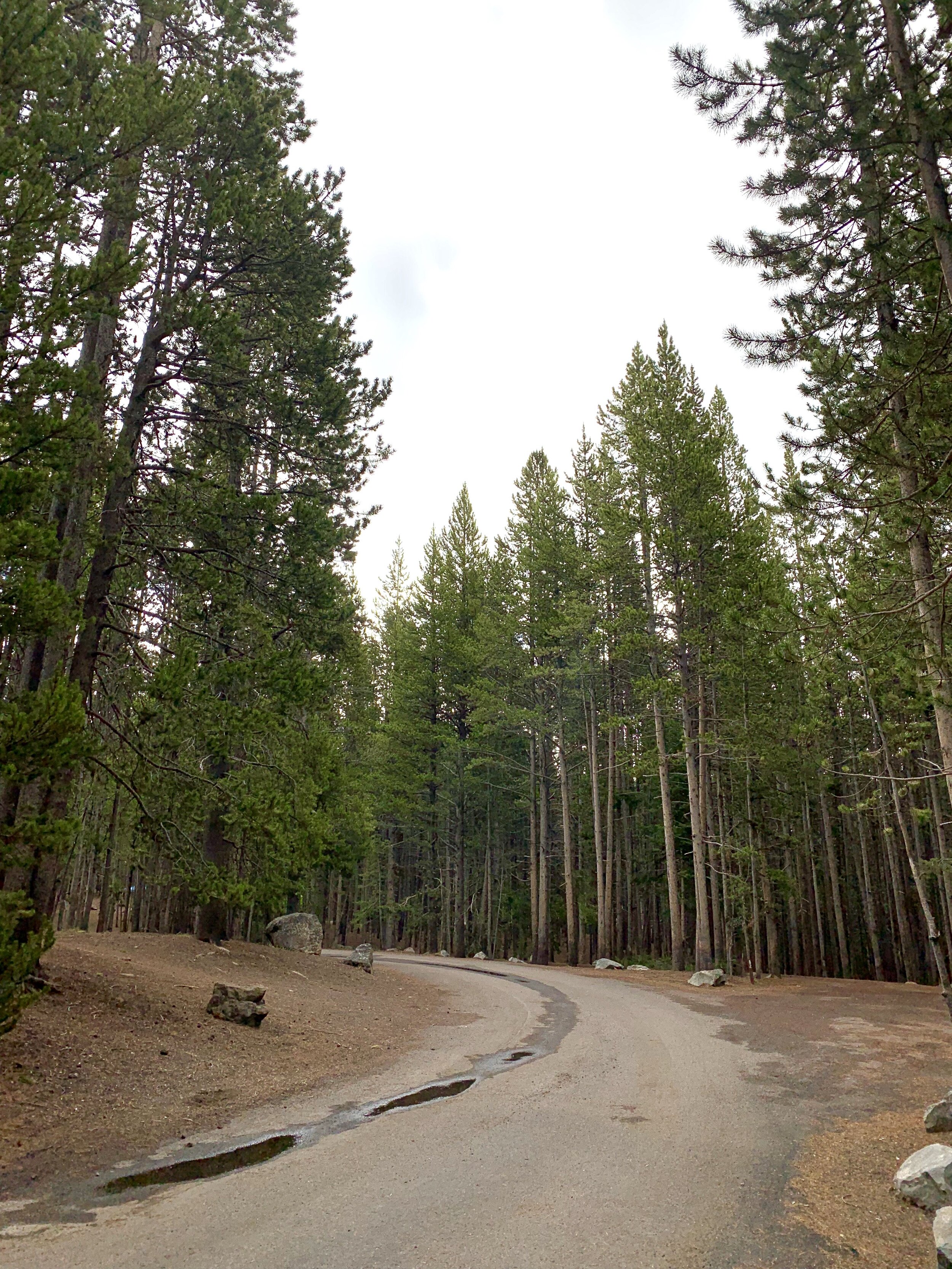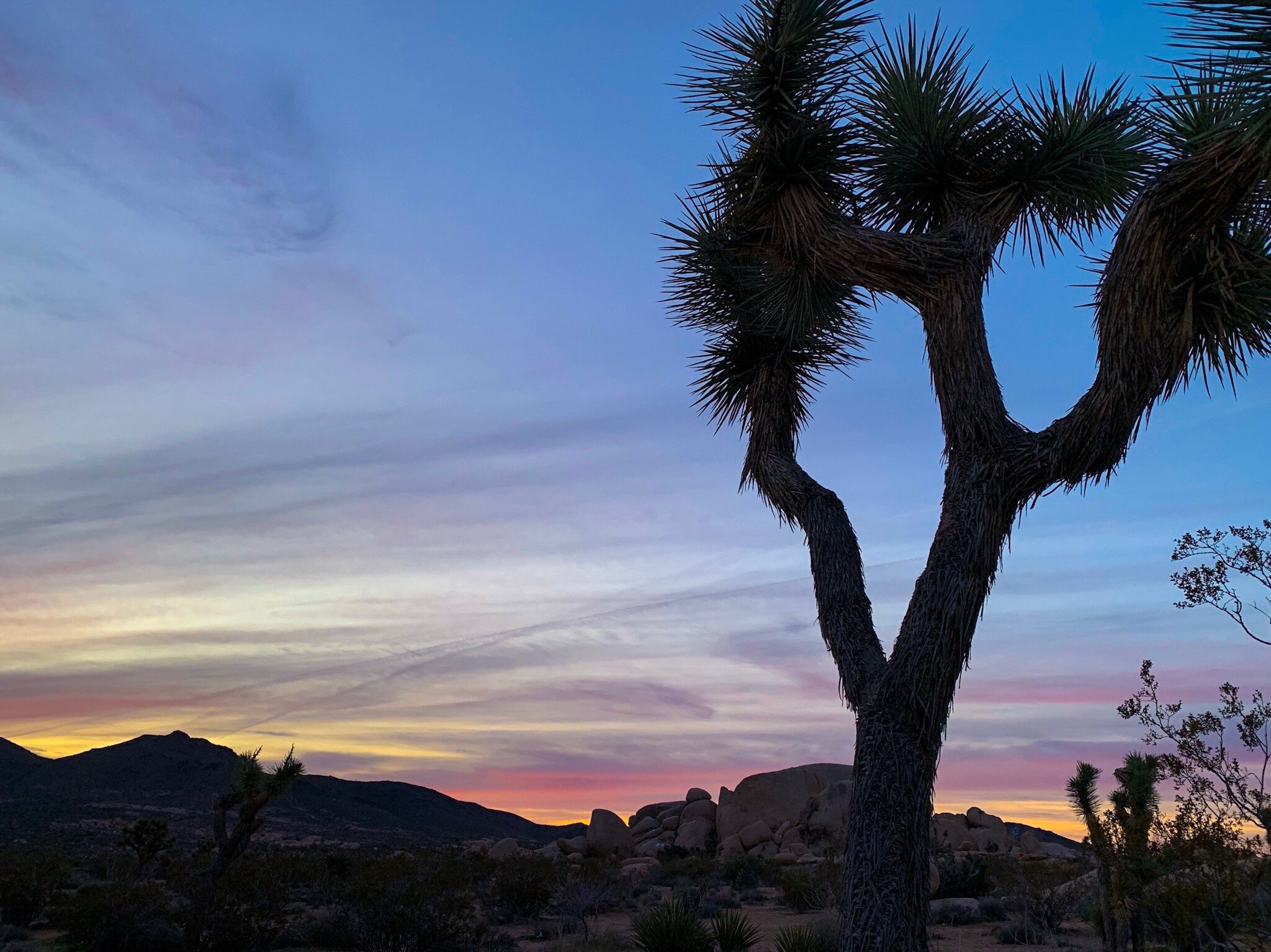As we go into 2020, welcome a new decade, and watch the birth of the 62nd National Park in the US (welcome, White Sands!), it’s becoming increasingly apparent how important it is to take care of our wild spaces. Climate change is real, it’s happening, and it’s greatly affecting the places we love and the big one we call home: Earth. This means it’s more crucial than ever that everyone do their part to at least reduce your own personal carbon footprint, because, the truth is, but the old adage goes: if you’re not part of the solution, you’re part of the problem, and in 2020, so much is accessible that you’re honest missing out if you haven’t adopted at least one better for the planet habit. Now, I don’t want to get all sad and depressing on you while we welcome this new year. Instead, I want to talk about why Leave No Trace should be trending, and I don’t just mean on the internet.
Note: this post may contain affiliate links
Big Sur, CA
What is Leave No Trace?
The Leave No Trace Principles, or LNT, are guidelines for all people to follow when they’re exploring wild places. They originated in the US, and gained popularity in the public lands (NPS, USDA, and BLM), but could and should be applied to every place on this planet. There are 7 LNT Principles:
1: Plan ahead and prepare
This just goes with the old boy scout saying: always be prepared. This will allow for your own safety as well as the safety and preservation of the land you’re exploring.
2: Travel and camp on durable surfaces
The idea of principal number 2 is to keep you away from areas that could be severely damaged by your footsteps or tent. Of course, this doesn’t always mean you have to stay on trail—and sometimes you simply can’t, but look out to make sure you’re not damaging any of the land you’re walking on.
3. Dispose of waste properly
This one should be a no brainer—throw away your trash! You wouldn’t just leave garbage on the floor in your house, so don’t do it in the woods, desert, beach, or anywhere else either. Better yet: leave it better than you found it—pick up any trash you find on trails or in campsites as well.
If you’re interested in joining an awesome volunteer group with the goal of cleaning our wild spaces, become a Wildkeeper! Applications open on the Keep Nature Wild website this month. (I am not an affiliate of KNW, I just love and support their cause and have worked as a volunteer with them for over a year.)
Me at the Grand Canyon wearing a shirt I got from Keep Nature Wild (you get a huge discount for joining the ambassador/volunteer program too!)
4: Leave what you find
Have you ever heard the saying “take nothing but pictures, leave nothing but footprints?” I think that pretty much sums up principle number 4, and most of them, actually.
5: Minimize campfire impacts
The last thing you want is to start a wildfire. Make sure that your campfire is only in designated areas such as fire rings when you’re camping so that you can prevent any sparks from flying.
6: Respect wildlife
This is a HUGE one. I see so many people approaching animals in National Parks, and it’s not only incredibly dangerous for them, but it also puts the animal in danger. Please keep your distance from all wildlife, and keep dogs and other pets on designated trails to prevent foreign substances (you know, poop) and bugs from affecting local animals.
7: Be considerate of others
Don’t be the person who’s flying a drone in a National Park. While your shot might look cool, you’re ruining the experience for everyone else who came out to be in nature. Make sure that you’re respectful, and try to avoid traveling to busy spots on holiday weekends.
This deer crossed my trail in Voyageurs National Park, Minnesota. I patiently waited for him to return to the woods before I continued hiking.
Why LNT is so important in 2020
Especially with tourism in our natural spaces being at an all time high, it’s more crucial than ever to leave these spaces better than we found them in order to preserve them for more generations to come. That way, California will still have its oceans, Montana will still have its Glaciers, and the Grand Canyon will still be just as beautiful, even years down the line.
Grinnell Glacier, Glacier National Park, MT. If you look closely you can see the waterfall of melting ice on the right hand side.
What other ways can I help respect my wild spaces?
I’m glad you asked! There are so many ways you can help protect nature at home. Aside from practicing LNT when you’re outside, you can definitely reduce your carbon footprint in your everyday life. Here are some of my favorite ideas:
Don’t buy products with plastic if you can avoid them (shop zero waste products here!)
Shop second hand or ethical clothing (check out one of my favorite ethical clothing brands, Wholesome Culture)
Eat plant based as much as possible (January is a great time to make the switch to a vegan lifestyle!)
Support brands that support our planet when you do need to buy new stuff, like Madera Outdoor, Eco Roots, and larger companies like REI.
Responsible tourism: make sure that when you travel, you’re not impacting the communities you’re visiting in any way, and maybe even find a way to volunteer.
Unplug, go off the grid, run off solar, do whatever you can in your everyday life that makes sense for YOU!
The planet’s tallest trees in Redwood National and State Parks, CA. Let’s plant more in 2020.
Being kinder to our planet is incredibly crucial when it comes to having a cleaner Earth. And this goes much further than simply picking up your trash (but please don’t stop doing so!). It has to do with simply being respectful of our natural places, and doing our part to make our own impact as insignificant as it can be. Making sure that we’re being kind to wildlife, other visitors, and the land we walk on is the best way to make sure that we start taking care of this planet the right way, and truly “leave nothing but footprints.”








